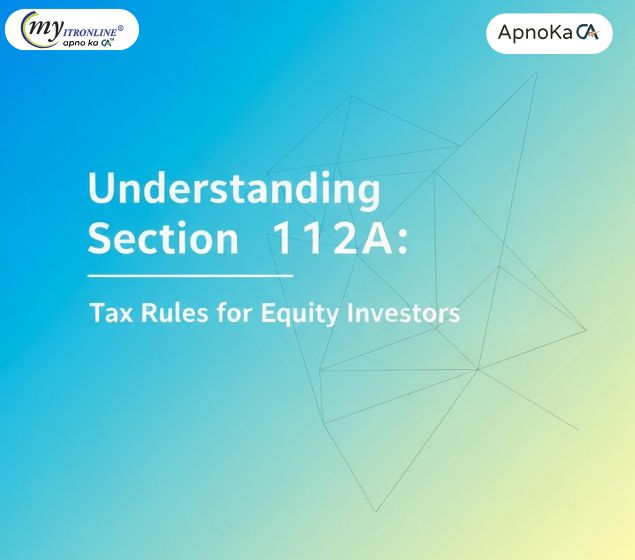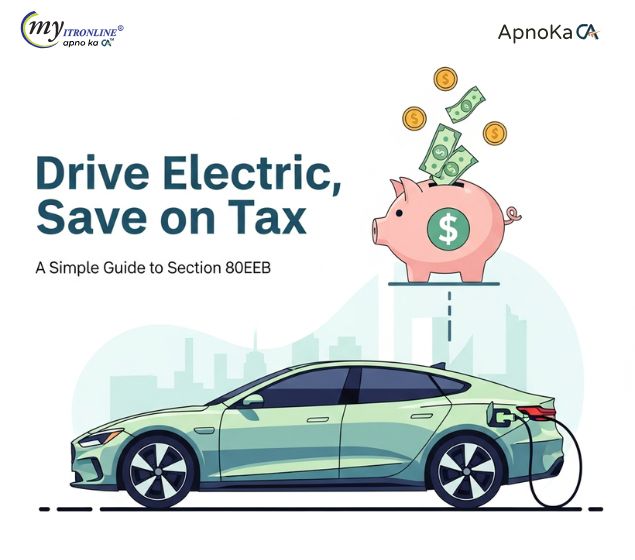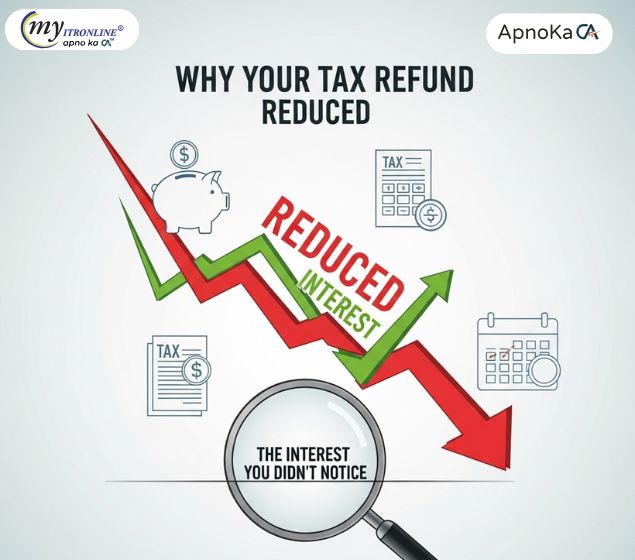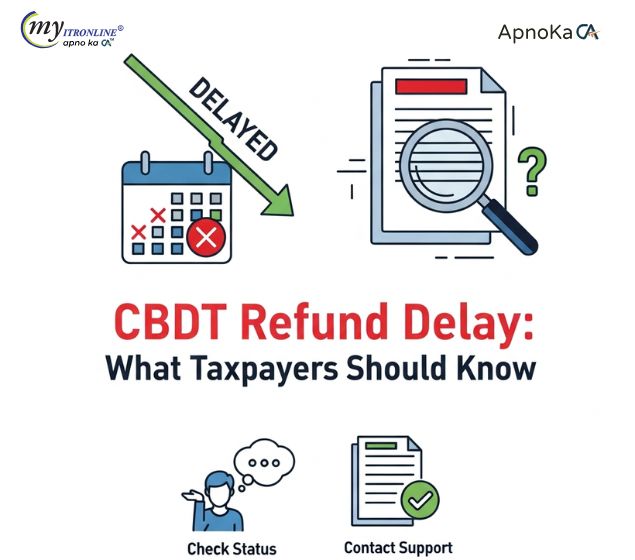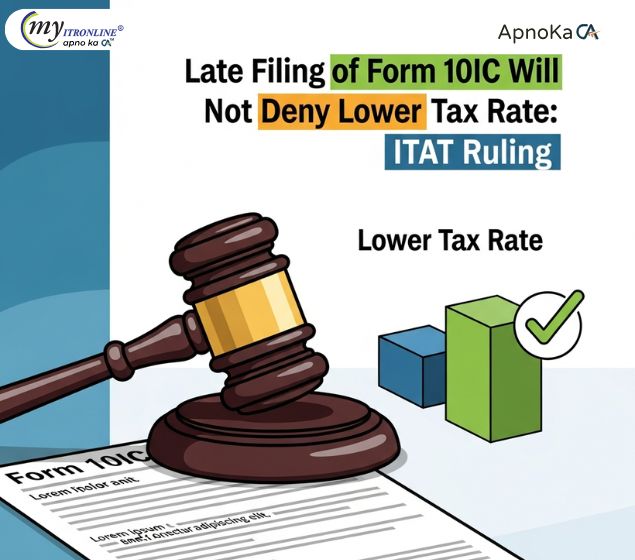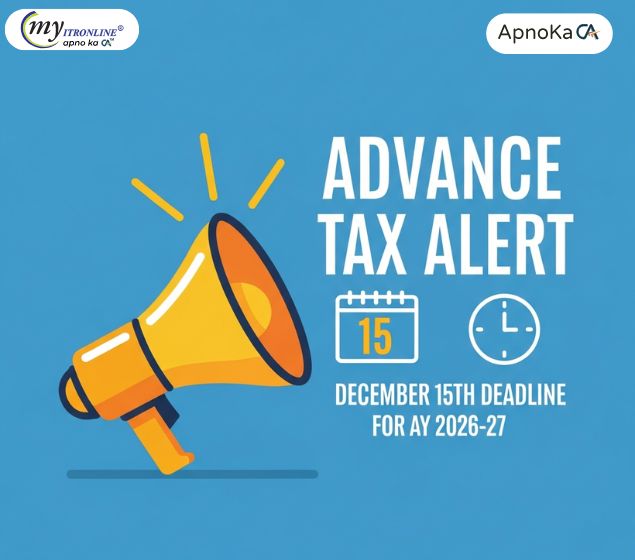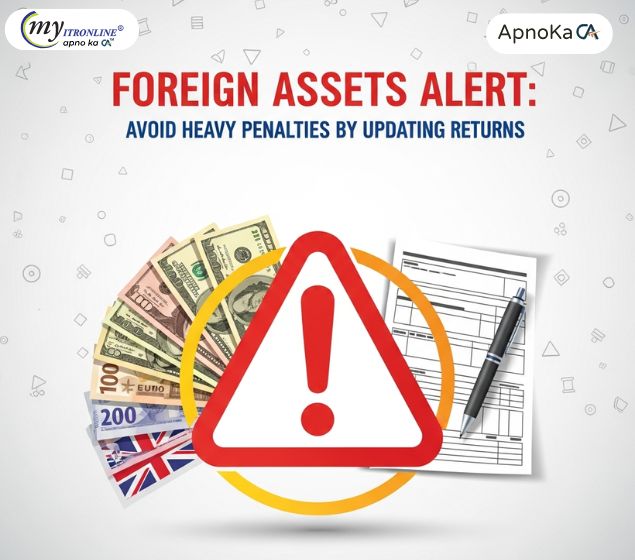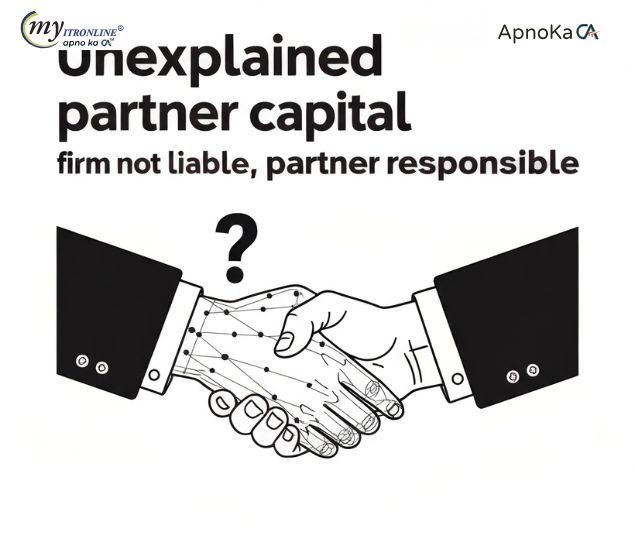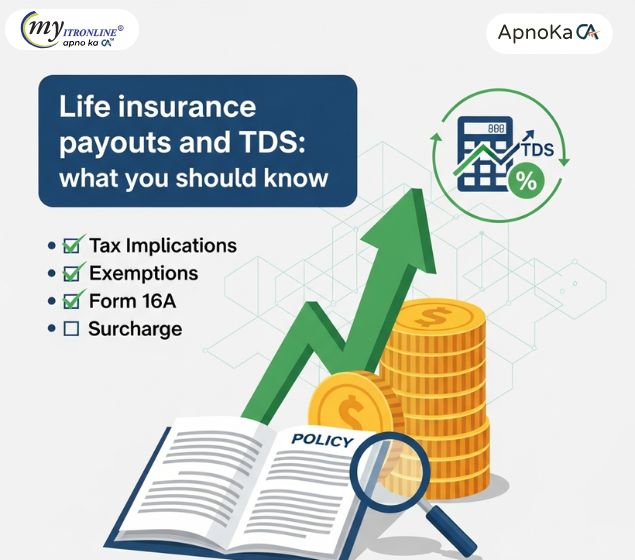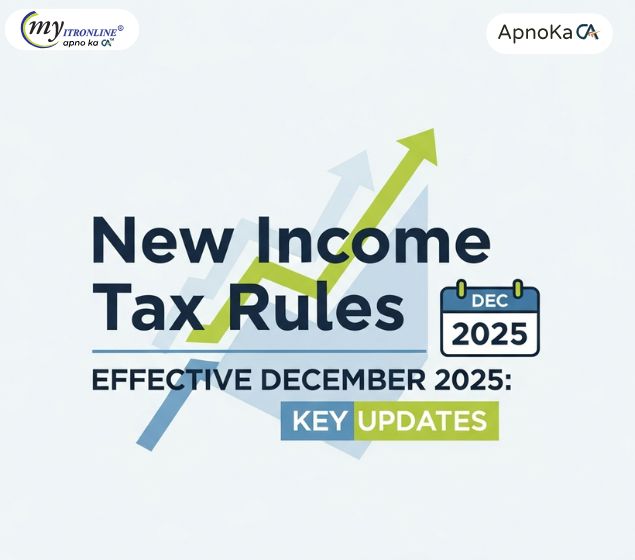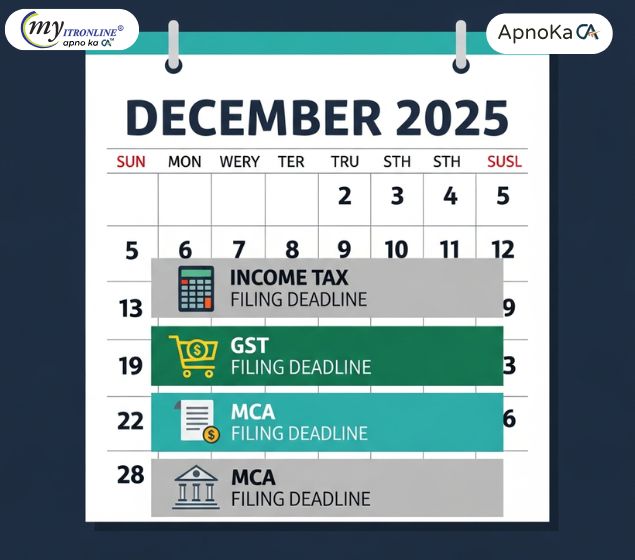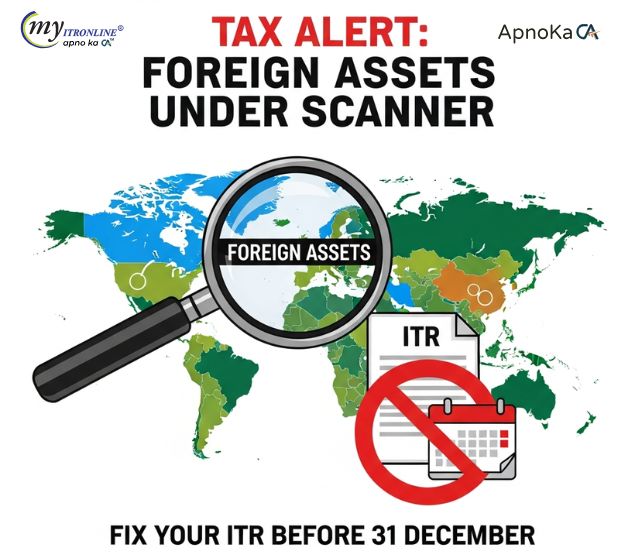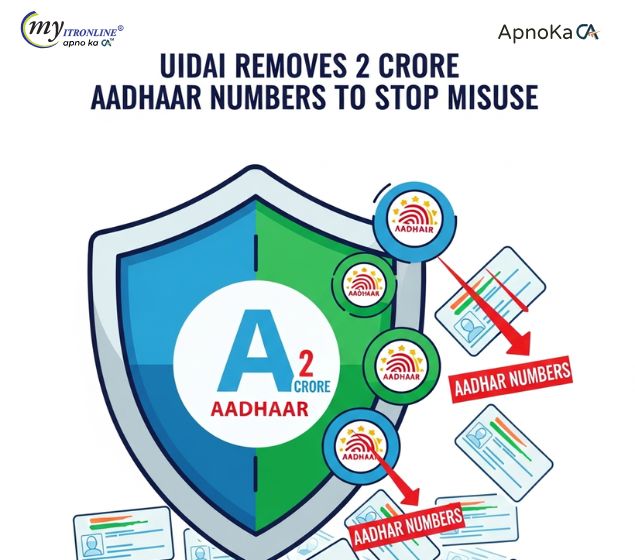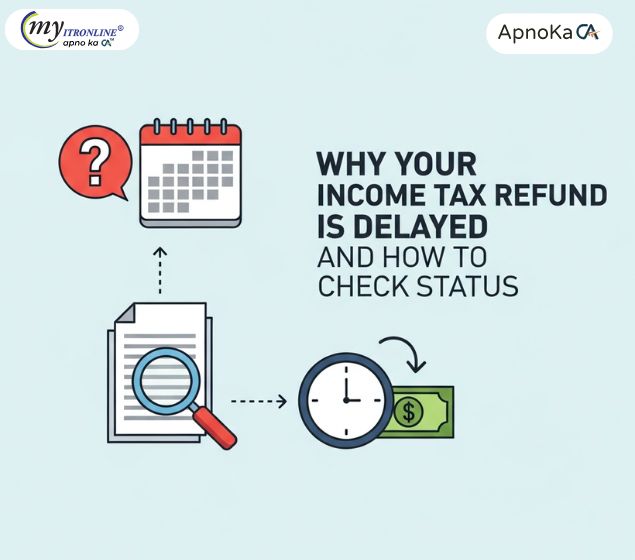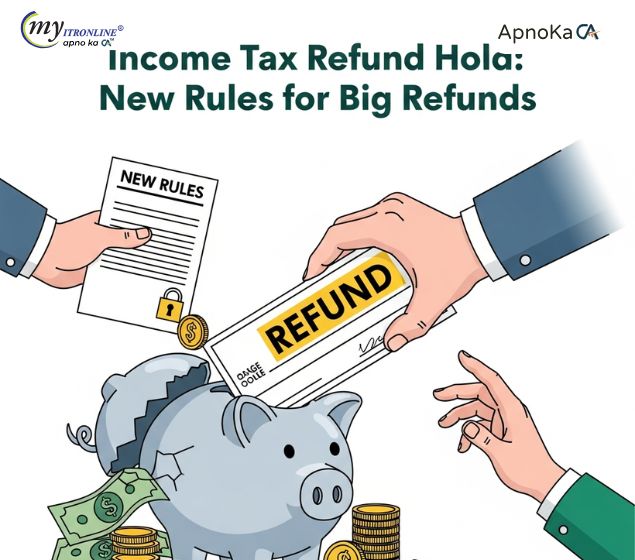75,000 Standard Deduction & More: ITR-1 Filing in the New Tax Regime (FY 2024-25)
The New Tax Regime is now default for FY 2024-25. Our comprehensive guide helps salaried individuals and pensioners file ITR-1 (Sahaj) easily, covering eligibility, new deductions like the ₹75,000 standard deduction, and a step-by-step online process. File by September 15, 2025!
.jpg )
The tax filing season for the Financial Year 2024-25 (Assessment Year 2025-26) has arrived. A significant change for individual taxpayers is that the New Tax Regime (Section 115BAC) is now the default option. You can still choose the old regime, but it's important to understand how to file ITR-1 (Sahaj) if you opt for or fall under the new default system.
This guide will help you understand how to file your ITR-1 (Sahaj) under the new tax regime.
Understanding ITR-1 (Sahaj): Who is Eligible?
ITR-1, also known as "Sahaj" (meaning "easy"), is the simplest Income Tax Return form. It is for resident individuals with a straightforward income profile.
You can file ITR-1 (Sahaj) if you meet ALL the following criteria for FY 2024-25 (AY 2025-26):
- Residential Status: You are an Indian Resident (not a Not Ordinarily Resident - RNOR).
- Total Income Limit: Your total income does not exceed ₹50 Lakh.
- Income Sources: Your income comes only from:
- Salary or Pension
- One House Property (except if you're carrying forward a loss or have income from more than one house property)
- Other Sources (like interest from savings accounts, fixed deposits, family pension, dividends, etc., but NOT from winnings in lottery, racehorses, or income taxable at special rates)
- Agricultural income up to ₹5,000.
- New for AY 2025-26: Long-Term Capital Gains (LTCG) from selling listed equity shares or equity mutual funds under Section 112A are allowed, provided the total LTCG does not exceed ₹1.25 Lakh and there are no carried-forward capital losses. Previously, any capital gains generally made you ineligible for ITR-1. Note: If your LTCG exceeds ₹1.25 Lakh or if you have other types of capital gains or losses to carry forward, you must file ITR-2 or another appropriate form.
You cannot file ITR-1 (Sahaj) if:
- Your total income exceeds ₹50 Lakh.
- You have income from business or profession.
- You have income from more than one house property.
- You are a Director in a company.
- You held any unlisted equity shares at any point during the financial year.
- You have any assets (including any financial interest in entities) located outside India.
- You have signing authority in any account located outside India.
- You have income from any source outside India.
- Tax has been deducted under Section 194N (TDS on cash withdrawals exceeding ₹20 lakh/ ₹1 crore).
- You deferred payment or deduction of tax on ESOPs.
- You are a Resident Not Ordinarily Resident (RNOR) or a Non-Resident.
- You have brought forward losses or losses to carry forward under any income category (except for the specified LTCG up to ₹1.25 Lakh).
The New Tax Regime as Default (Section 115BAC)
For FY 2024-25 (AY 2025-26), the new tax regime is the default option for individuals and HUFs. This means that if you do not explicitly choose otherwise, your income will be calculated and taxed based on the new regime’s slab rates.
Key features of the New Tax Regime relevant to ITR-1 filers:
- Lower Tax Rates: It has lower tax rates across various income slabs.
- Limited Deductions/Exemptions: Most deductions and exemptions (like Section 80C, 80D, HRA, LTA, Section 24(b) interest on self-occupied property, etc.) are not allowed.
- Allowed Deductions:
- Standard Deduction: A standard deduction of ₹75,000 is now available for salaried individuals and pensioners under the new regime for FY 2024-25. This is a significant improvement.
- Employer's Contribution to NPS (Section 80CCD(2)): You can claim a deduction for your employer's contribution to your NPS account, up to 10% of your salary (Basic + DA).
- Family Pension Deduction (Section 57(iia)): You can deduct one-third of the family pension received or ₹25,000, whichever is less.
- Agniveer Corpus Fund (Section 80CCH): Deductions for amounts deposited into the Agniveer Corpus Fund are allowed.
- Rebate under Section 87A: For FY 2024-25, individuals with a total taxable income up to ₹7 Lakh (after deductions) have no tax liability under the new regime due to a higher rebate. If your income just exceeds ₹7 Lakh, marginal relief might apply.
Documents Required for Filing ITR-1 (Sahaj)
Although ITR-1 is annexure-less (you don’t need to attach documents), keep these handy for reference and possible scrutiny:
- PAN Card: Your Permanent Account Number.
- Aadhaar Card: Required for ITR filing; ensure it is linked to your PAN.
- Form 16: Issued by your employer (it has details of salary, TDS, and deductions claimed through the employer).
- Form 26AS: Tax Credit Statement (available on the income tax e-filing portal) – check your TDS details against this.
- Annual Information Statement (AIS) & Taxpayer Information Summary (TIS): These give a complete view of all financial transactions reported to the Income Tax Department. They are critical for verifying pre-filled data.
- Bank Statements/Passbooks: To verify interest income from savings accounts, fixed deposits, etc.
- Interest Certificates: From banks/financial institutions for interest earned on fixed deposits, recurring deposits, etc.
- Investment Proofs (if applicable, for Old Regime choice): While less relevant for the new regime, if you decide to go with the old regime, you'll need proofs for Section 80C, 80D, HRA receipts, etc.
- Loan Statements (if applicable): For home loan interest (only for let-out property under the new regime or self-occupied under the old regime).
Step-by-Step Guide to File ITR-1 (Sahaj) Online
The Income Tax e-filing portal is user-friendly, and most of your data will be pre-filled.
The due date for filing ITR for FY 2024-25 (AY 2025-26) for non-audit cases is **September 15, 2025**.
Here’s how to file:
Step 1: Log in to the Income Tax e-Filing Portal
- Visit the official Income Tax e-filing portal: www.incometax.gov.in
- Click "Login" and enter your User ID (PAN) and password. If you're new, register first.
- Complete the multi-factor authentication (OTP on registered mobile/email).
Step 2: Start the Filing Process
- On your Dashboard, go to "e-File" > "Income Tax Returns" > "File Income Tax Return."
- Select the Assessment Year as "2025-26."
- Choose "Online" as the Mode of Filing (recommended for ease).
- Click "Continue."
Step 3: Select Status and ITR Form
- On the next screen, select your Status as "Individual."
- Choose ITR Form "ITR-1 SAHAJ."
- Click "Proceed with ITR-1."
Step 4: Choose the Reason for Filing
- Select the reason for filing your ITR. Most commonly, it will be "Taxable income is more than basic exemption limit."
- Click "Continue."
Step 5: Verify Pre-filled Data (Crucial Step!)
The portal will show a message indicating that your return is pre-filled based on information available with the Income Tax Department (from Form 26AS, AIS, TIS, Form 16, etc.).
Carefully review and confirm the pre-filled details in each section:
- Personal Information: Check your name, PAN, Aadhaar, contact details, and bank account information. Ensure that at least one bank account is pre-validated for refund purposes. This is also where you choose your tax regime.
You will see a question: "Are you opting for the new tax regime under Section 115BAC?"
Since the new regime is default, "Yes" will likely be pre-selected. If you want to file under the old regime, you must select "No" here. For ITR-1 filers (who do not have business or professional income), you don't need a separate Form 10-IEA to opt out of the new regime; this choice can be made directly on the ITR form.
- Gross Total Income: Review your income details from salary/pension, house property, and other sources. Ensure the figures match your Form 16 and bank statements.
- Total Deductions:
- If you chose the New Tax Regime: Only the standard deduction (₹75,000 for salaried/pensioners), employer's NPS contribution (80CCD(2)), and family pension deduction (80CCH) will be visible/allowed. Check these.
- If you chose the Old Tax Regime: You will see fields for various Chapter VI-A deductions (80C, 80D, 80E, etc.). Enter the eligible amounts and ensure you have supporting documents. Starting AY 2025-26, more detailed disclosures may be required for certain deductions (e.g., policy number for 80C, lender details for 80E).
- Tax Paid: Confirm details of TDS (from Form 16, Form 16A, AIS), TCS, advance tax, and self-assessment tax paid.
- Total Tax Liability: This section will show your computed tax liability based on the income and deductions or regime chosen.
Step 6: Compute Tax Payable and Pay (if applicable)
The system will calculate your tax liability.
If there is tax payable, you will see options to "Pay Now" or "Pay Later." It is strongly advised to "Pay Now" before submitting your ITR to avoid interest and penalties.
Note the BSR Code and Challan Serial Number if you make a payment. You will need to enter these details into the ITR form.
If you are due a refund, verify your pre-validated bank account details.
Step 7: Preview and Submit Your Return
- Once all sections are confirmed, click on "Preview Return."
- Carefully review the entire ITR form for errors or missing information. This is your last chance to make corrections.
- After checking, click "Proceed to Validation." The system will run error checks. Fix any highlighted errors.
- Once validated, click "Proceed to Verification."
Step 8: e-Verify Your Return (Mandatory)
E-verification is required for your ITR to be considered filed. You have several options:
- Aadhaar OTP (Recommended): An OTP will be sent to your mobile registered with Aadhaar.
- Net Banking: Verify through your net banking account.
- Bank Account EVC: Generate an EVC through a pre-validated bank account.
- Demat Account EVC: Generate an EVC through a pre-validated Demat account.
- Send ITR-V to CPC: If you can't e-verify online, you can print and sign the ITR-V form and mail it to the CPC in Bengaluru within 30 days of filing. E-verification is preferred for its speed and convenience.
Choose your preferred e-verification method and complete the process.
Step 9: Download Acknowledgment
- Once verified, you will get a success message.
- Download the acknowledgment (ITR-V). This serves as proof of filing. You will also get a copy in your registered email.
Key Considerations for FY 2024-25 (AY 2025-26)
- Default Regime: Keep in mind that the new tax regime is default. If you want to choose the old regime, you must select "No" when asked about opting for the new regime in the "Personal Information" section of ITR-1. No separate Form 10-IEA is needed for ITR-1 filers.
- Enhanced Standard Deduction: This is a significant relief for salaried individuals under the new regime, now at ₹75,000. Ensure it is applied correctly.
- AIS and TIS: These are useful tools. Always check the pre-filled data in your ITR against your AIS and TIS to make sure all your income and TDS details are accurately logged. Resolve discrepancies quickly.
- Increased Rebate: Individuals with taxable income up to ₹7 lakh in the new regime will have zero tax liability. Be aware of this benefit.
- Due Date: The extended due date for non-audit taxpayers is September 15, 2025. File on time to avoid late fees (₹1,000 for income up to ₹5 lakh, ₹5,000 for income above ₹5 lakh) and interest under Section 234A.
- Accuracy is Key: Double-check all figures before submission. While revised returns are possible (until December 31, 2025, for FY 2024-25), filing correctly the first time is best.
Filing your ITR-1 under the new tax regime for FY 2024-25 can be a simple task if you have your documents organized and understand the implications of the default regime. By following this guide, you can ensure a smooth and compliant tax filing experience. If your income profile is complex or you are unsure about choosing between regimes, always consult a tax professional.
FILING YOUR INCOME TAX RETURN F.Y 2024-25 (A.Y. 2025-2026) WITH MYITRONLINE
The income tax filing deadline is right around the corner. If you haven’t filed yet, do it today with Myitronline! Avoid last minute rush and file your tax return today on MYITRONLINE in Just 5 mins.(www.myitronline.com)
If you are looking for eCA assistance to file your income tax return/ GST, you can opt for MYITRONLINE eCA assisted plan starting
Upload Salary Individual Form-16
If you have any questions with filing your tax return, please reply to this mail. info@myitronline.com OR call 9971055886,8130309886.
Note-All the aforementioned information in the article is taken from authentic resources and has been published after moderation. Any change in the information other than fact must be believed as a human error. For queries mail us at marketing@myitronline.com
Krishna Gopal Varshney
An editor at apnokacaKrishna Gopal Varshney, Founder & CEO of Myitronline Global Services Private Limited at Delhi. A dedicated and tireless Expert Service Provider for the clients seeking tax filing assistance and all other essential requirements associated with Business/Professional establishment. Connect to us and let us give the Best Support to make you a Success. Visit our website for latest Business News and IT Updates.
Leave a reply
Your email address will not be published. Required fields are marked *Share this article
Krishna Gopal Varshney, Founder & CEO of Myitronline Global Services Private Limited at Delhi. A dedicated and tireless Expert Service Provider for the clients seeking tax filing assistance and all other essential requirements associated with Business/Professional establishment. Connect to us and let us give the Best Support to make you a Success. Visit our website for latest Business News and IT Updates.
View articles








